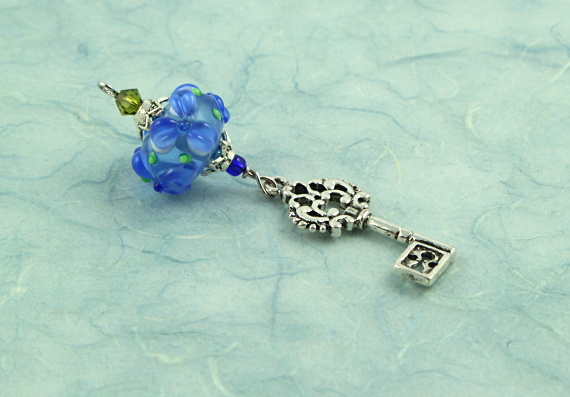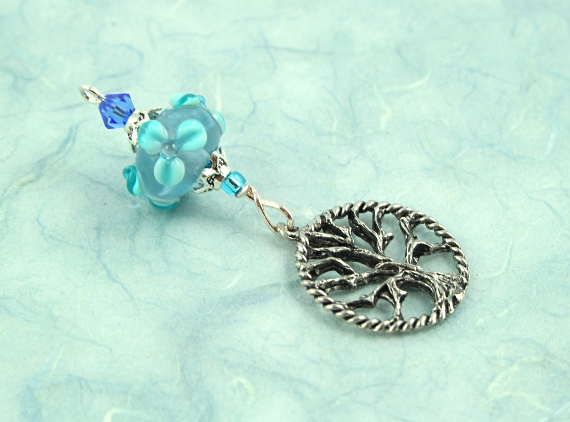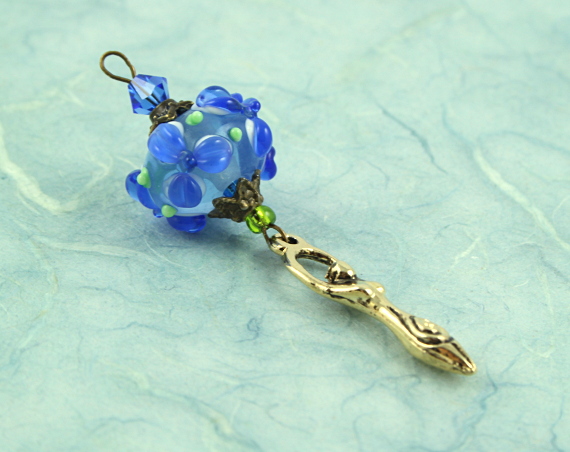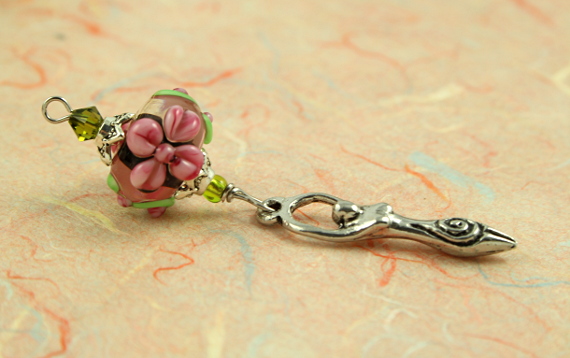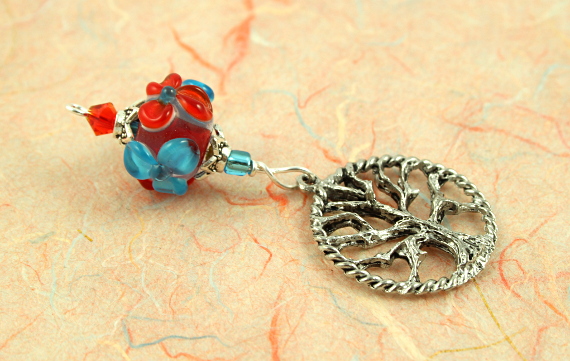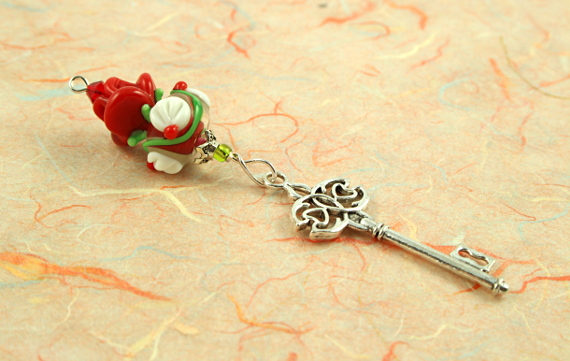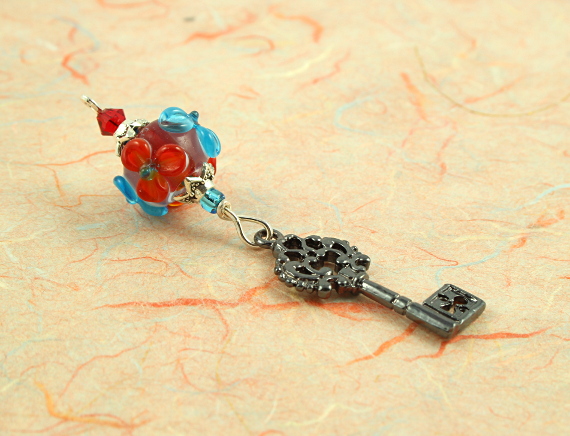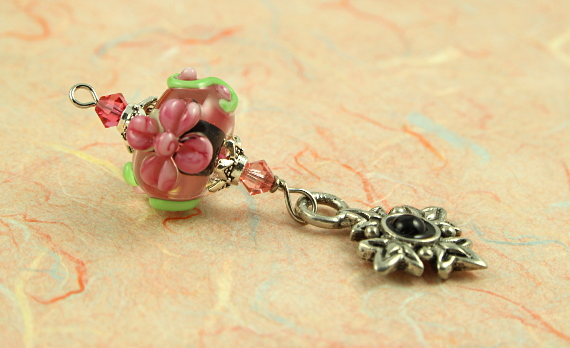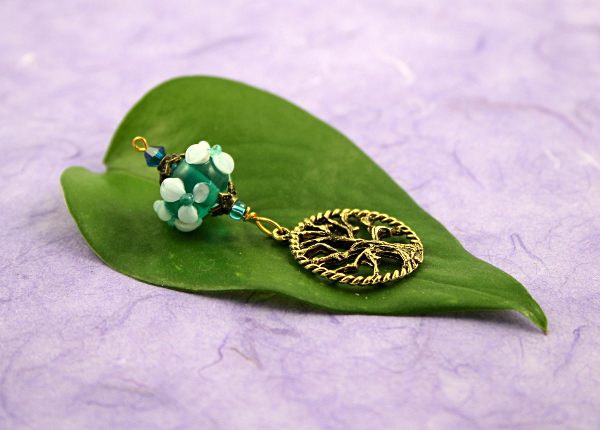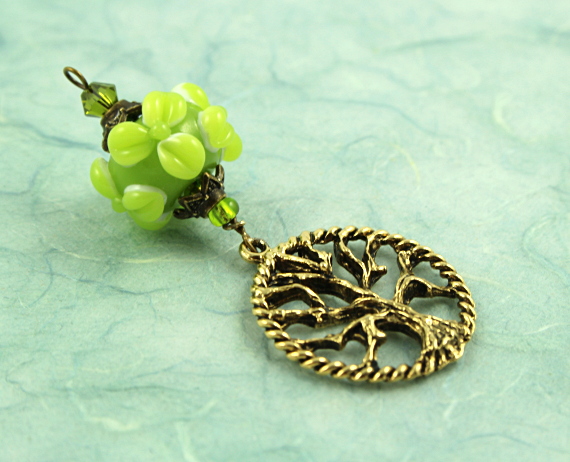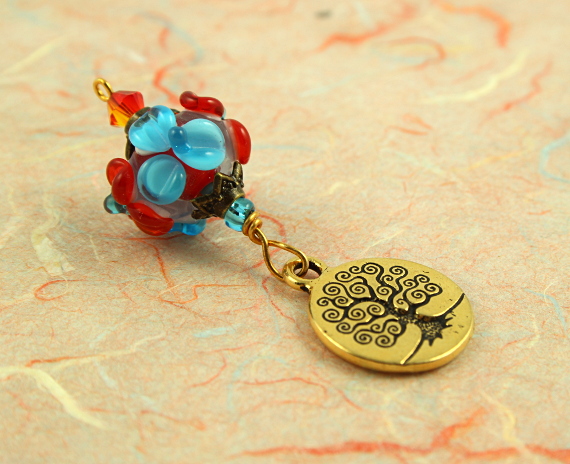
 Title: The functions of the orgasms: The highways to transcendence
Title: The functions of the orgasms: The highways to transcendence
Author: Michel Odent
Source: Veddma library
ISBN: 978-1-905177-18-9
Available online
In this book, the French obstetrician Michel Odent discusses the importance of the “cocktails of love hormones” present during sex, birth, and breastfeeding and the effects of “scientification of love”: interference with those hormones created by birth interventions, anesthesiology, and pharmacology. One of the key questions the author poses is “How long will the human race be able to survive without love?”
The author discusses three types of climaxes (“ladders” in Greek) in human sexual life: sexual orgasm, the fetus ejection reflex that is present during natural birth, and the milk ejection reflex that is central to breastfeeding. He discusses similarities of the different types of climaxes as well as the similarities between orgasmic states and other ecstatic states.
Any orgasmic state can be interrupted, which is what frequently happens in the current medical system of birth management, triggering adrenaline-oxytocin antagonism. This comes from the lack of understanding of birth physiology by the medical establishment and results in additional interventions required for the baby to be born. The labouring woman “needs to feel secure, without being observed, in a place that is sufficiently warm”. Failure to provide the appropriate environment for labour interferes with fetus ejection reflex.
The real climax in labour is reached when the mother is bonding with the baby, right after birth. This is often interrupted by the perceived need for activity around the baby: noise, separation of the baby from the mother, measurements, and disregard of mother’s need for privacy. Oxytocin – the hormone central to pleasure and bonding – is known as “shy hormone”. Little is understood of the ecstatic state associated with childbirth, as it is best achieved when the woman is not being observed or interrupted.
From a biological standpoint, only two players are needed during the birth: the mother and the baby. The presence of the third person who assists/”delivers” the baby is not a basic need. There is a myriad of invasive perinatal beliefs and rituals in many cultures, many of which result in socialization of birth and interference in mother-baby bonding in the immediate postpartum.
Throughout history, birth was largely influenced by shamanic and religious traditions, yet often indirectly. Socialization of birth has brought it under the control of a male-centric institution, which instead of focusing on women’s need in labour concerns itself with elimination of pain and fear. Local birth initiatives have been attempting to bring the focus back where it belongs: on the needs of the woman.
The author discusses differences and similarities of male and female orgasms and the hormones that rule them: oxytocin, natural morphines, adrenaline, and other “informational substances”. The effects of these hormones have been studied, including research using brain imaging.
Michael Odent explores the orgasmic/ecstatic states as paths to transcendence, from the Epic of Gilgamesh to present day’s emerging awareness of transcendent sex. Sexuality has been highly controlled via cultural means, such as female and male genital mutilation (infibulation, clitoridectomy, circumcision, castration), arranged marriages, treating a wife as property, repression of adolescent sexual drive, sexual taboos, repercussions for virginity loss in women before marriage, discouragement of extramarital affairs, and so on. This has had a stifling effects on exploration and understanding of natural paths to transcendence. Falling in love has been treated as pathological (expressed by such terms as “madly in love”, “love foolishness”, etc.). Mystical emotions have been associated with celibacy and virginity. Infatuation presents a challenge to institutionalized control, as it has unpredictable timing and irrational expression. Falling in love is still a complex scientific topic in need of further study.
As oxytocin is released during breastfeeding, the “milky way” is another pathway to transcendence to be explored. Cultural milieus interfere with this pathway as well, from denying the baby colostrum (by claiming it “dirty” or requiring a permission of a male relative for the mother to breastfeed the baby, or denying breastfeeding before baptism at age 2-3 days), to social taboos around breastfeeding in public or breastfeeding for longer than an arbitrarily designated period of time. Religious taboos existed for intercourse during the lactation period, often putting women under pressure to stop breastfeeding in order to resume their “marriage duties”. Institutionalized medicine interfered through labour interventions, interruption of bonding time, incessant nead to “measure” how much milk is going into the baby, and thus often encouraging or necessitating feeding with artificial milk.
The author believes that instead of promoting breastfeeding, we should be focusing on why breastfeeding is difficult, he suggests to question: “How does the capacity to breastfeed develop?” and seeing how we are interfering with it.
The comparison in male and female sexuality thus reveals that while men have only the genital ladder to explore, women additionally have access to the birth ladder and the “milky way”. Research shows that women are physiologically better equipped than men to reach high intensity genital orgasms. The author delves into the physiological differences that explain this phenomenon.
The following discussion of the highways to transcendence is fascinating. The ecstatic states need ability to escape from space and time reality (which explains the “labourland”). The author touches upon transcendent emotional states and hard-wired emotional states, re-thinking the common beliefs about human sexuality, and his new vision of birth environment. He looks at the connection of culturally controlled sexuality and culturally controlled childbirth to culturally controlled pathways to transcendence.
There is a short entertaining review of legendary orgasms, and two scenarios of the future of love: a pessimistic one based on our interference with sexuality, birth, and breastfeeding, and an optimistic one which necessitates evaluation of practices of obstetrics and midwifery, quality and duration of breastfeeding, and reversing the current cultural conditioning. This includes changing the language we use to describe sex and birth. We do, however, have to work within the current system and steer it “towards the light”, as it cannot be changed overnight.
The epilogue is a tongue-in-cheek letter for a wedding night preparation, describing all the details that would need to be perfect in order for the night to go well. It mimics a birth plan, and discusses timings, place, need for privacy, the presence of other “helpers” and so on. It shows how ridiculous it is to need to specify such things for a sexual encounter, yet the current system interferes with birth so much that women need to state such obvious requirements as the need for privacy in labour, lest it be ignored.
I would highly recommend this book – it explores the ideas rarely brought to light and touches on ultimately the most important questions of human purpose and capacity to love.
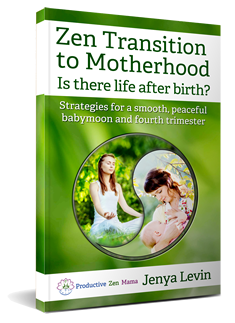 My book Zen Transition to Motherhood is now available on Amazon. It looks in detail into the early weeks after the baby’s birth, with resources to let the new mama rest and recover after the birth, and tips on how to set up a meal train, address mama’s and baby’s health challenges, good supplies to have on hand, and ways to relax and enjoy this time. The second part of the book goes into practical matters of harnessing the new routine, getting chores under control, mastering errands with the baby, and handling commitments. The book also includes many ideas for entertainment and rest.
My book Zen Transition to Motherhood is now available on Amazon. It looks in detail into the early weeks after the baby’s birth, with resources to let the new mama rest and recover after the birth, and tips on how to set up a meal train, address mama’s and baby’s health challenges, good supplies to have on hand, and ways to relax and enjoy this time. The second part of the book goes into practical matters of harnessing the new routine, getting chores under control, mastering errands with the baby, and handling commitments. The book also includes many ideas for entertainment and rest.







